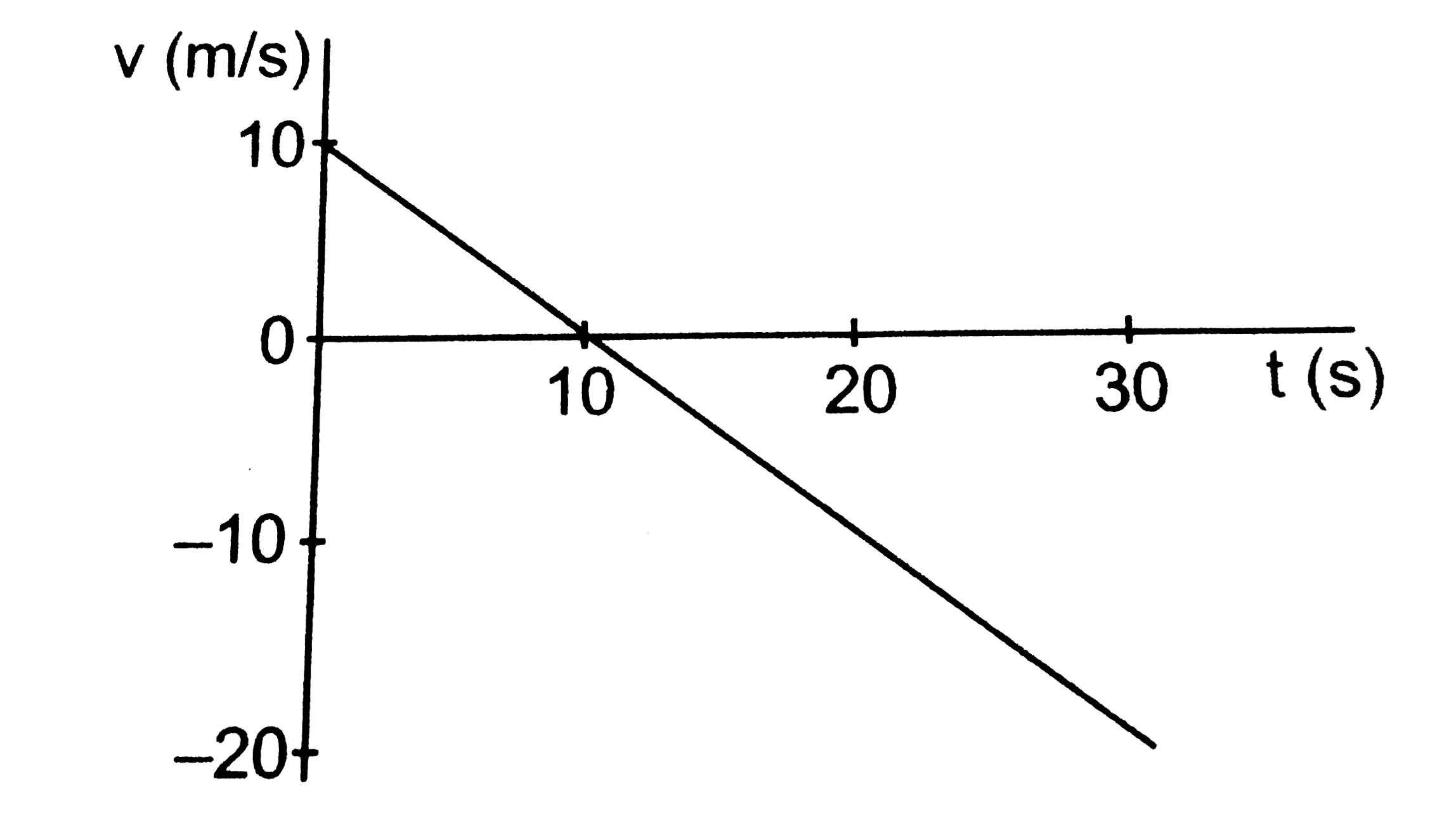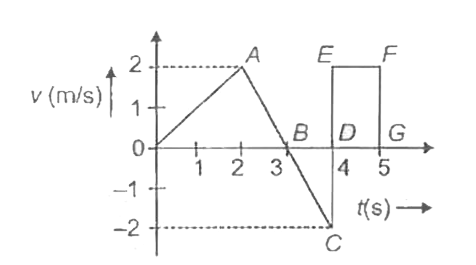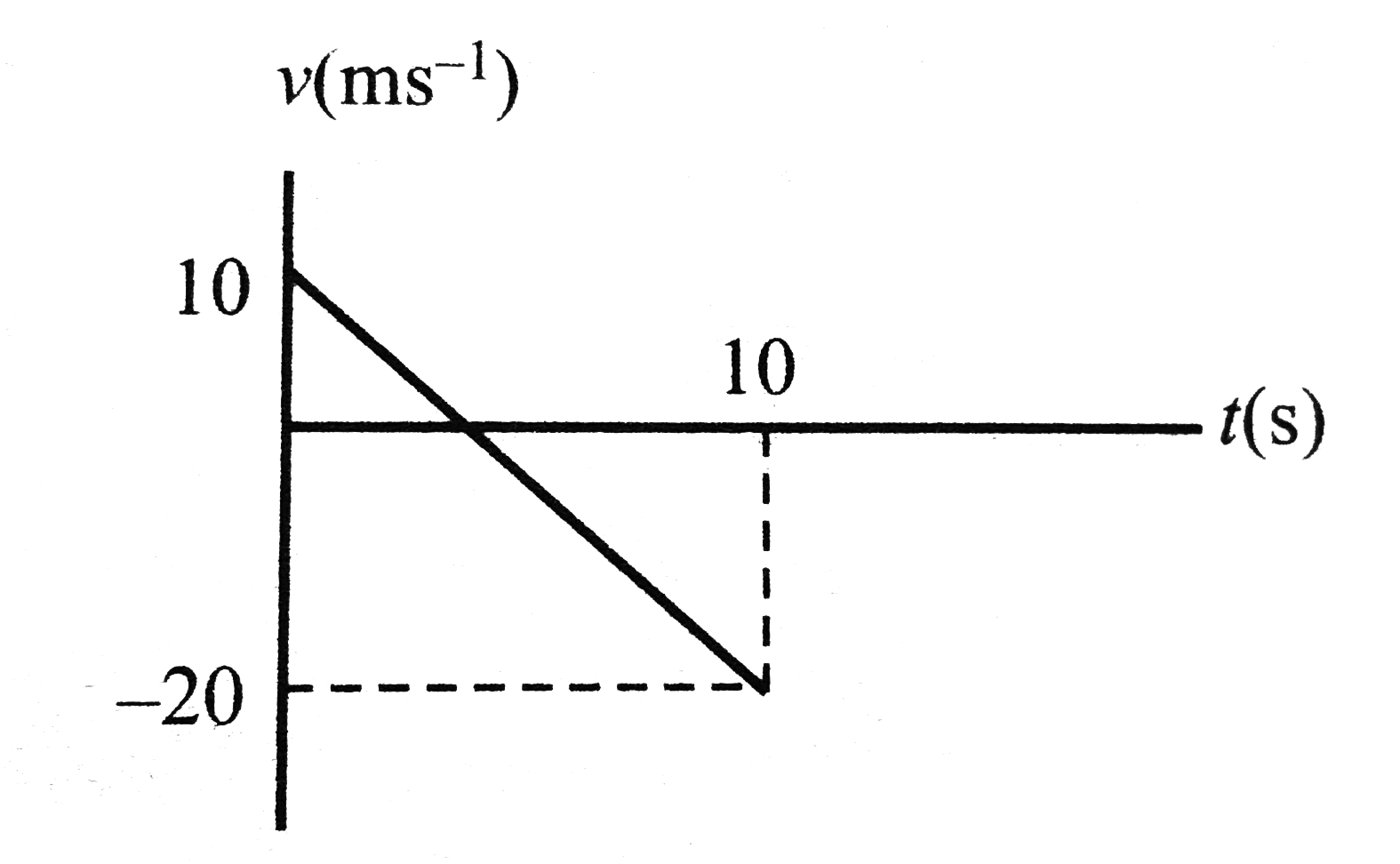The position of a particle moving on a straight line is proportional to the cube of the time elapsed. How does the acceleration of the particle depend on time elapsed?
To solve the problem, we need to find how the acceleration of a particle depends on the time elapsed, given that the position of the particle is proportional to the cube of the time elapsed.
1. Understanding the relationship between position and time:
We are given that the position x of the particle is proportional to the cube of the time t. We can express this relationship mathematically as:
x=kt3
where k is a constant of proportionality.
2. Finding the velocity:
The velocity v of the particle is the first derivative of the position x with respect to time t:
v=dxdt
Substituting the expression for x:
v=ddt(kt3)=3kt2
3. Finding the acceleration:
The acceleration a of the particle is the second derivative of the position x with respect to time t:
a=d2xdt2
We can find the acceleration by differentiating the velocity:
a=ddt(3kt2)=6kt
4. Conclusion:
We have found that the acceleration a of the particle is given by:
a=6kt
This shows that the acceleration is directly proportional to the time elapsed t.
We are given that the position x of the particle is proportional to the cube of the time t. We can express this relationship mathematically as:
x=kt3
where k is a constant of proportionality.
The velocity v of the particle is the first derivative of the position x with respect to time t:
v=dxdt
Substituting the expression for x:
v=ddt(kt3)=3kt2
The acceleration a of the particle is the second derivative of the position x with respect to time t:
a=d2xdt2
We can find the acceleration by differentiating the velocity:
a=ddt(3kt2)=6kt
We have found that the acceleration a of the particle is given by:
a=6kt
This shows that the acceleration is directly proportional to the time elapsed t.
Topper's Solved these Questions
- BOOK - AAKASH INSTITUTE ENGLISHCHAPTER - MOTION IN STRAIGHT LINEEXERCISE - Try Yourself40videos
MOTION IN STRAIGHT LINE
- BOOK - AAKASH INSTITUTE ENGLISHCHAPTER - MOTION IN STRAIGHT LINEEXERCISE - Assignment (SECTION - A)50videos
MOTION IN STRAIGHT LINE
- BOOK - AAKASH INSTITUTE ENGLISHCHAPTER - MOTION IN A STRAIGHT LINEEXERCISE - ASSIGNMENT (SECTION - D)15videos
MOTION IN A STRAIGHT LINE
- BOOK - AAKASH INSTITUTE ENGLISHCHAPTER - MOVING CHARGE AND MAGNESIUMEXERCISE - SECTION D16videos
MOVING CHARGE AND MAGNESIUM
Similar Questions
The velocity of a particle moving in a straight line is directly proportional to 3/4th power of time elapsed. How does its displacement and acceleration depend on time?
View SolutionKinetic energy of a particle moving in a straight line is proportional to the time t. The magnitude of the force acting on the particle is :
View Solution
Knowledge Check
- Question 1 - Select One
The displacement of a body is proporticonal to the cube of time elapsed. What is the nature of the acceleration of the body ?
Aincreasing with timeBdecreasing with timeCconstant but not zeroDzero
The velocity time plot for a particle moving on straight line is shown in the figure.
 View Solution
View SolutionThe velocity time plot for a particle moving on straight line is shown in the figure.
 View Solution
View SolutionThe displacement of a body is given to be proportional to the cube of time elapsed. The magnitude of the acceleration of the body is
View SolutionIf average velocity of particle moving on a straight line is zero in a time interval, then
View SolutionThe velocity - time graph of a particle moving along a straight line is shown in the figure given below
The displacement of the particle in 5 second is
 View Solution
View SolutionIn a straight line motion the distance travelled is proportional to the square root of the time taken The acceleration of the particle is proportional to :-
View SolutionThe velocity-time graph of a particle moving in a straight line is shown in figure. The mass of the particle is 2kg. Work done by all the forces acting on the particle in time interval between t=0 to t=10s is
 View Solution
View Solution

